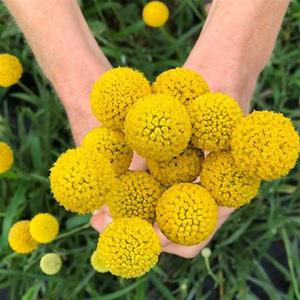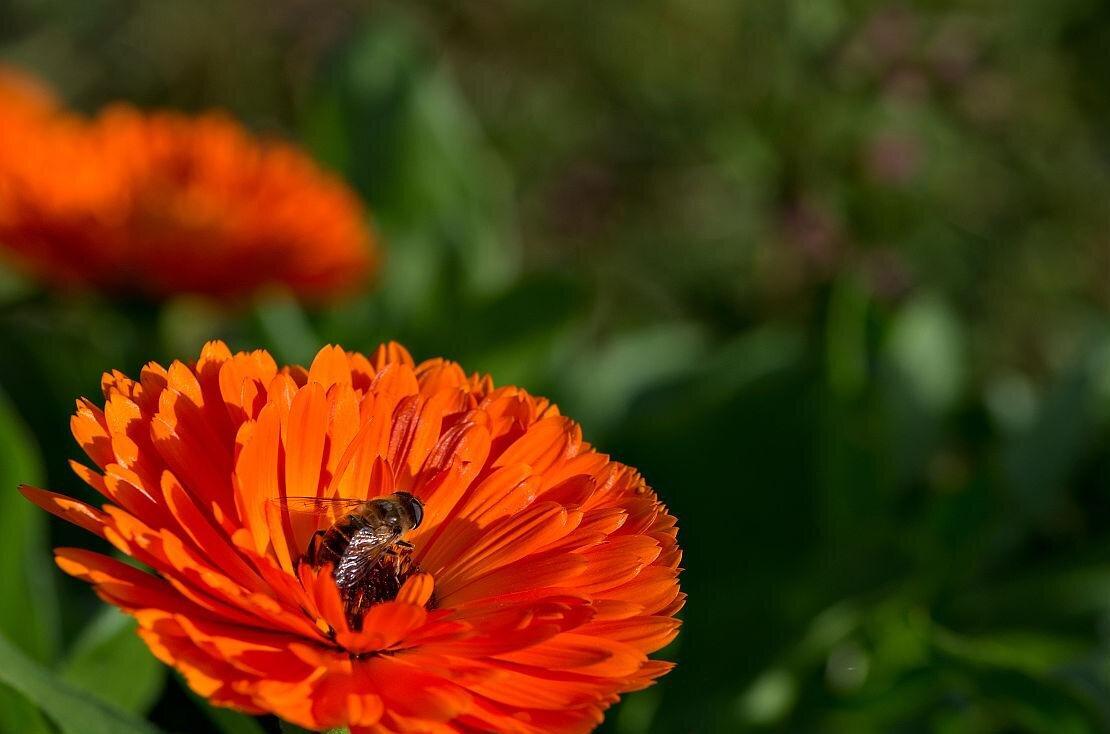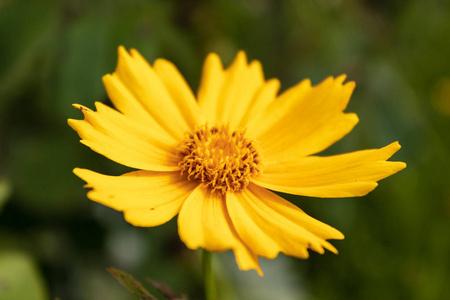The Costaceae family is a fascinating one with an interesting backstory. It is believed to have originated in South America and spread throughout the world through trade and colonization. The family is known for its beautiful and colorful flowers that have been used for centuries for their medicinal and ornamental properties. One particular species, the Costus barbatus, was highly valued by ancient Mayan civilizations for its ability to heal various ailments. Today, Costaceae continues to be an important part of traditional medicine and is also popular in the horticultural industry for its stunning blooms.
Picture
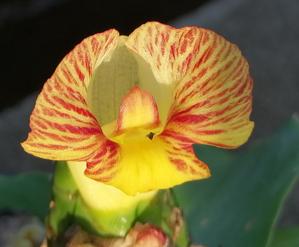
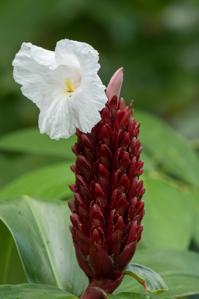
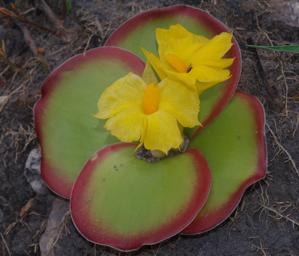
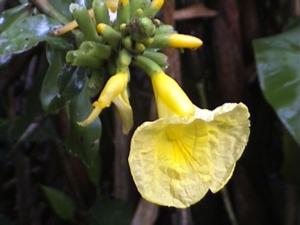
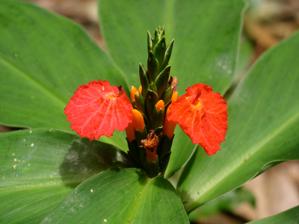
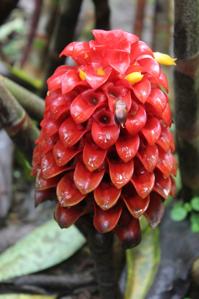
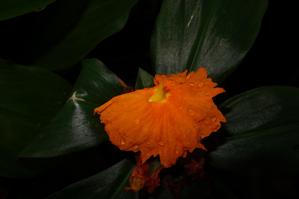
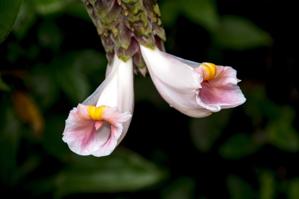

Plant some seeds now!
Short Description
Costaceae, known as the Costus family or spiral gingers, is a family of pantropical monocots. It belongs to the order Zingiberales, which contains horticulturally and economically important plants such as the banana (Musaceae), bird-of-paradise (Strelitziaceae), and edible ginger (Zingiberaceae). The seven genera in Costaceae together contain about 143 known species (1 in Monocostus, 2 in Dimerocostus, 16 in Tapeinochilos, 2 in Paracostus, c. 8 in Chamaecostus, c. 5 in Hellenia, and c. 80 in Costus). They are native to tropical climates of Asia, Africa, Central America, and South America. Several species are frequently found in cultivation.[citation needed]
Description
The simple leaves are entire and spirally arranged, with those toward the base of the stem usually bladeless. Leaf bases have a closed sheath with a ligule, or projection at the top of the sheath.
Costaceae is different from the other families of Zingiberales in that its species have 5 fused staminodes, rather than 2 or 3, and the Costaceae contain no aromatic oils. The fused infertile stamens form a large petaloid labellum that often functions to attract pollinators. The flowers are solitary in Monocostus. In the other genera, the flowers are borne in a terminal spike that ranges from elongate to nearly capitate. Each flower is subtended by a large bract. The fruit is a berry or capsule. The rhizome is fleshy with tuberous roots.

